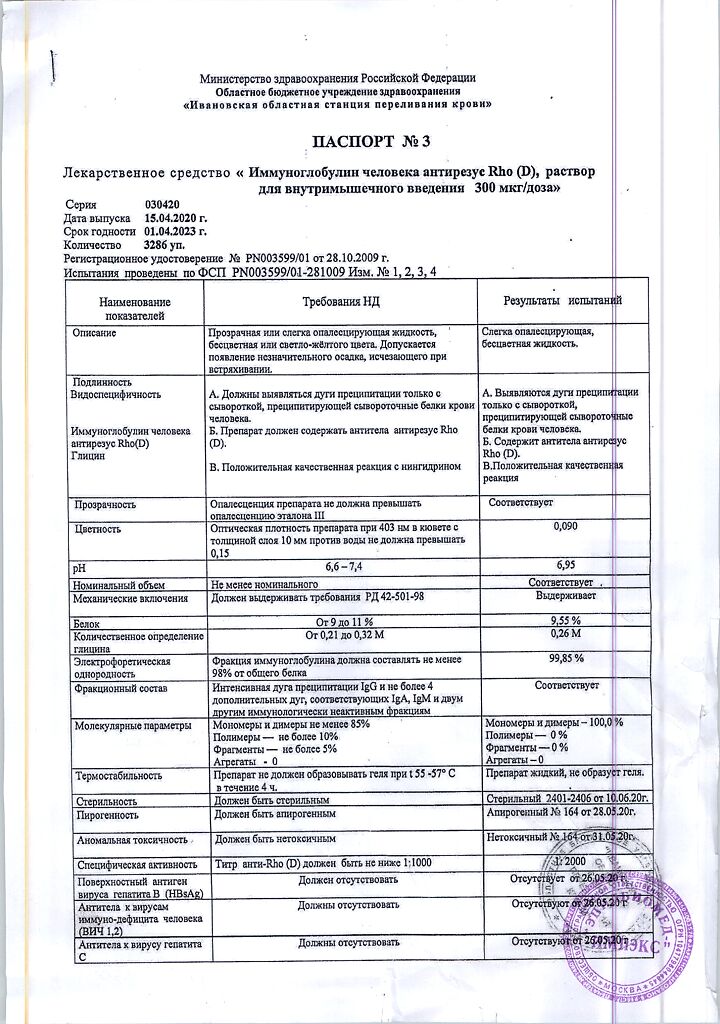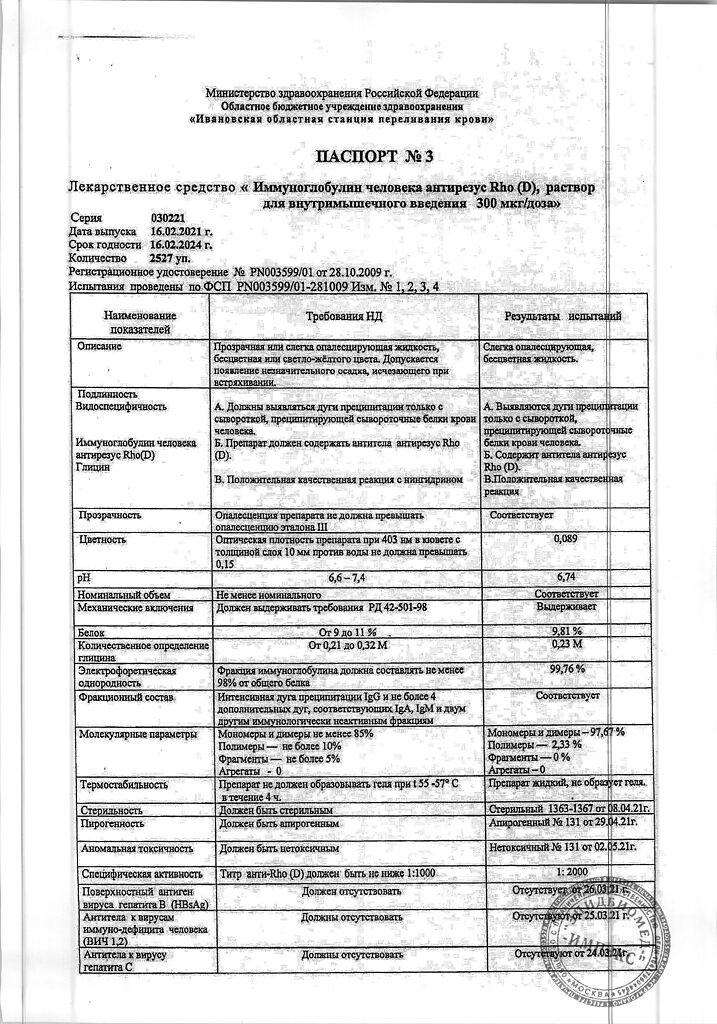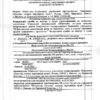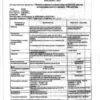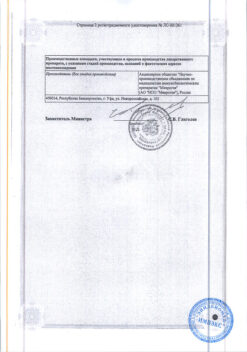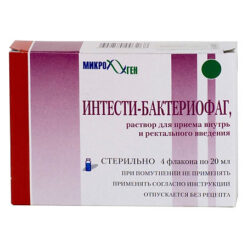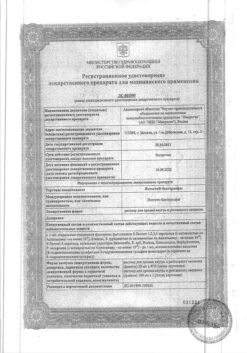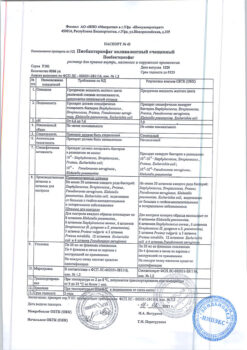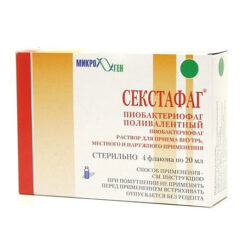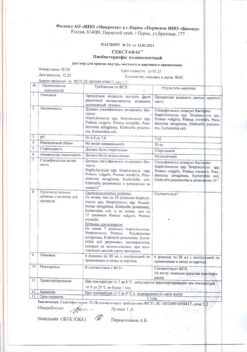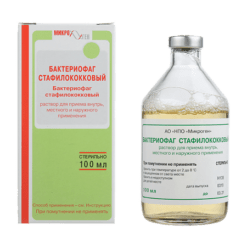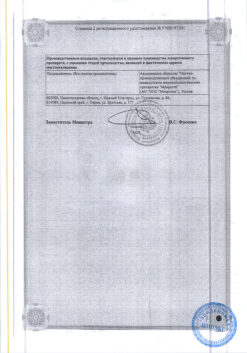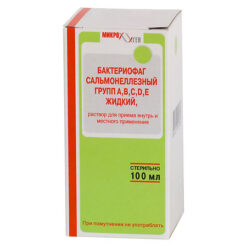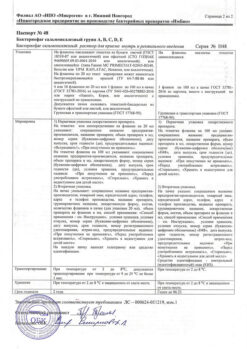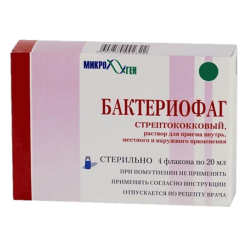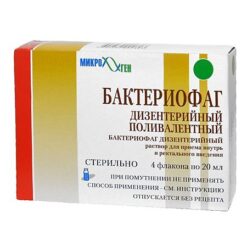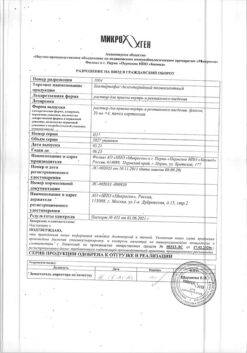No products in the cart.
Human Anti-Rhesus Immunoglobulin Rh0(D), 300 µg/dose 1 ml
€109.28 €94.71
Out of stock
(E-mail when Stock is available)
Description
The human anti-Rh0 D immunoglobulin is an immunologically active protein fraction isolated from human plasma or serum of donors tested for the absence of antibodies to human immunodeficiency virus (HIV-1, HIV-2), hepatitis C virus and hepatitis B virus surface antigen.
The active component of the preparation is immunoglobulin G containing incomplete anti-Rh0(D)-antibodies. It prevents isoimmunization in a Rh-negative woman who has been exposed to Rh-positive blood as a result of fetal blood entering the mother’s bloodstream during Rh-pos-positive childbirth, abortion (both spontaneous and induced), when performing amniocentesis or during abdominal trauma during pregnancy.
If human anti-Rh0(D) immunoglobulin is given within 72 hours of the birth of a fully Rh0(D)-positive baby by a Rh0(D)-negative mother, the rate of Rh isoimmunization is reduced.
Pharmacokinetics
Absorption. Cmax of antibodies in blood is reached after 24 hours.
Elimination. T1/2 of antibodies from the body is 4-5 weeks.
Indications
Indications
The drug is indicated for use in Rh-negative women who are not sensitized to the Rh0(D) antigen (i.e. in the absence of Rh antibodies), provided:
Active ingredient
Active ingredient
Composition
Composition
Active ingredient:
immunoglobulin G1500 IU;
Supplements:
Glycine,
Injection water.
How to take, the dosage
How to take, the dosage
Intramuscularly. 1 dose (1500 IU) or 2 doses (3000 IU) once: to the mother within 72 hours after delivery, in case of termination of pregnancy immediately after termination of surgery.
The following criteria must be followed:
If the drug is administered before delivery, it is important that the mother receive an additional dose of the drug after the birth of the Rh-positive baby within 72 hours after delivery. If the father is found to be Rh-negative, it is not necessary to give the drug.
The syringes containing the drug are kept for 2 hours at room temperature (20±2 °C) before administration. In order to avoid foaming, the drug is drawn into the syringe with a wide-open needle.
The drug must not be administered intravenously!
For postpartum prophylaxis, 1 dose (1500 IU) of HyperROU C/D should be given within the first 72 hours after delivery. The need for a specific dose when the full term of the pregnancy has passed varies depending on the volume of fetal blood entering the mother’s bloodstream. 1 dose (1500 IU) contains enough antibodies to prevent sensitization to the Rh factor if the volume of fetal erythrocytes entering the bloodstream does not exceed 15 ml. If a larger volume of fetal red blood cells is expected to enter the maternal circulation (more than 30 ml whole blood or more than 15 ml red blood cells), a fetal red blood cell count using a validated laboratory technique (e.g. modified Kleihauer and Betke acid washout staining) should be performed to establish the dose of the drug. The calculated volume of fetal erythrocytes entering the maternal circulation is divided by 15 ml to obtain the number of doses of HyperRoU C/D to be administered. If more than 15 ml of fetal red blood cells are expected, or if the dose calculation results in a fraction, the number of doses should be rounded up to the next whole number, for example, if the result is 1.4, two doses (3000 IU) of the product should be administered.
Intended prophylaxis in the prenatal period requires 1 dose (1500 IU) at about 28 weeks of pregnancy. Then another dose (1500 IU) should always be given, preferably within 72 hours after delivery if the baby born is Rh positive.
If pregnancy continues after a threatened abortion at any gestational age, 1 dose (1500 IU) of the drug should be administered. If more than 15 ml of fetal red blood cells are suspected to have entered the maternal bloodstream, the dose should be changed (as described above).
After spontaneous abortion, induced abortion, or termination of ectopic pregnancy at more than 13 weeks’ gestation, 1 dose (1500 IU) of the drug is recommended. If more than 15 ml of fetal red blood cells are suspected to have entered the maternal bloodstream, the dose should be changed (as described above). If the pregnancy is terminated at less than 13 weeks, a single mini-dose of HyperROU C/D (approximately 250 IU) may be given.
After an amniocentesis at 15-18 weeks of pregnancy or during the third trimester of pregnancy, or if abdominal trauma occurs during the second and/or third trimesters of pregnancy, 1 dose (1500 IU) of the drug should be administered. If more than 15 mL of erythrocytes are suspected to have entered the maternal bloodstream, the dose should be changed as described above. If abdominal trauma, amniocentesis, or other unfortunate circumstance requires administration at 13-18 weeks of pregnancy, another dose (1500 IU) should be administered at 26-28 weeks.
In order to maintain protection throughout pregnancy, the concentration of passively produced Rh0(D) antibodies should not be allowed to fall below the level necessary to prevent an immune response to Rh-positive red blood cells. The T1/2 of human anti-Rh0(D) immunoglobulin is 23-26 days. In any case, the dose should be administered within 72 h after delivery if the baby is Rh-positive. If delivery occurs within 3 weeks of the last dose, the postpartum dose can be cancelled (unless more than 15 mL of fetal red blood cells have entered the mother’s bloodstream).
Special Instructions
Special Instructions
In children born to women who have received human anti-Rh0(D) immunoglobulin prior to birth, direct antibody tests may be weakly positive at birth. Passive Rh0(D) antibodies may be detected in the mother’s serum if antibody screening tests are performed after prenatal or postnatal administration of human Rh0(D) immunoglobulin.
Immunization of women with live vaccines should not be performed earlier than 3 months after administration.
Because of the possibility of allergic reactions, patients should be monitored for 30 minutes after administration. The room where the drug is administered should have antishock therapy. If anaphylactic reactions develop, antihistamines, glucocorticoids and alpha-adrenomimetics are used.
The therapy with HyperRow S/D may be combined with other drugs, in particular antibiotics.
The drug is not suitable for use in syringes with compromised integrity or labeling, with changes in physical properties (color, clouding of the solution, the presence of unbreakable flakes), expired shelf life, improper storage.
The product shall be transported by any type of roofed transport at the temperature from 2 to 8 ° C.
Contraindications
Contraindications
Side effects
Side effects
Hyperemia, body temperature increase up to 37.5 ° (during the first day after injection), dyspeptic symptoms are possible.
In isolated cases – in patients with altered reactivity (including immunoglobulin A deficiency) allergic reactions of various types (including anaphylactic shock) may develop.
Additional information
| Shelf life | 3 years |
|---|---|
| Conditions of storage | In a light-protected place at 2-8 °C. |
| Manufacturer | Ivanovo Blood Transfusion Station, Russia |
| Medication form | solution |
| Brand | Ivanovo Blood Transfusion Station |
Related products
Buy Human Anti-Rhesus Immunoglobulin Rh0(D), 300 µg/dose 1 ml with delivery to USA, UK, Europe and over 120 other countries.


